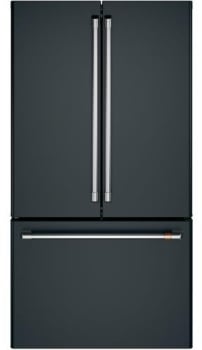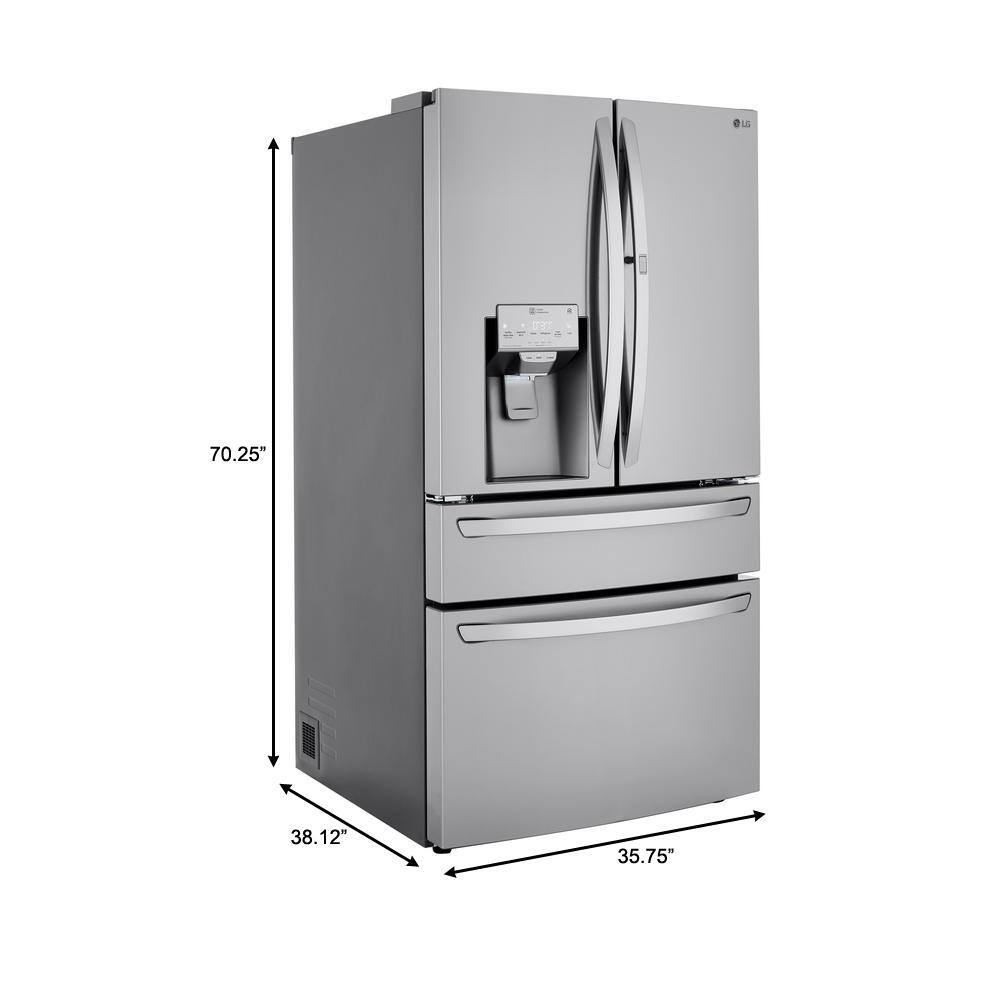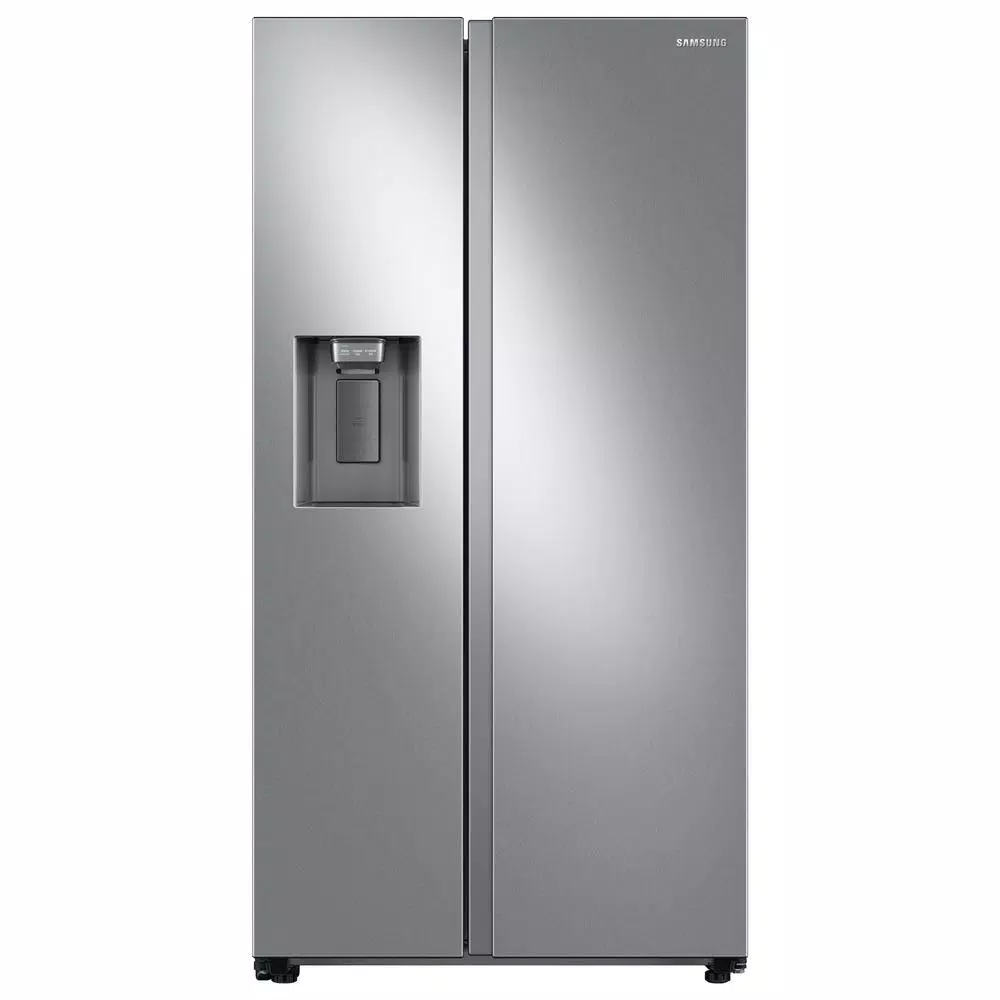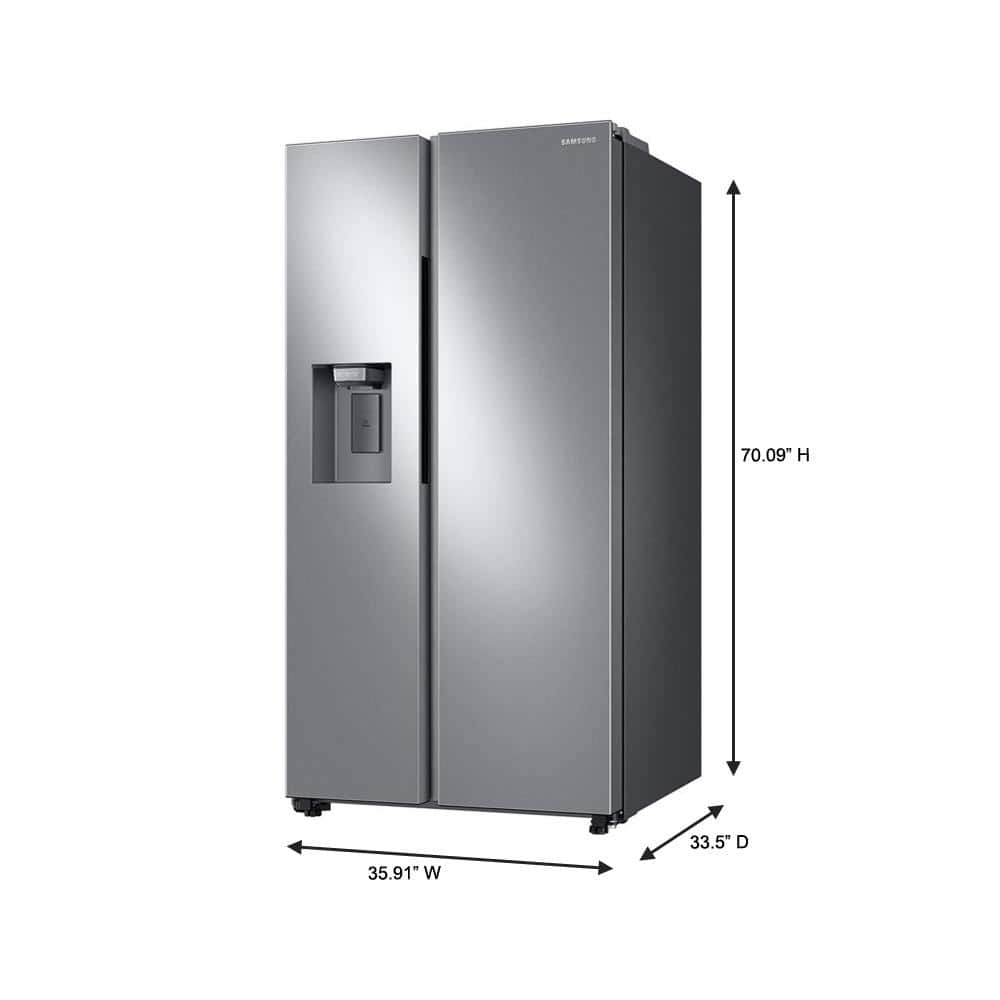Cafe CWE23SP3MD1 36 Inch Counter Depth French Door Smart Refrigerator with 23.1 Cu. Ft. Capacity, TwinChill™ Evaporators
Cafe CWE23SP3MD1 36 Inch Counter Depth French Door Smart Refrigerator with 23.1 Cu. Ft. Capacity, TwinChill™ Evaporators, Temperature-Controlled Drawer, Wi-Fi, Internal Water\Ice Dispenser, ADA Compliant and ENERGY STAR®: Matte Black with Brushed Stainless Handles.
36 Inch Counter Depth French Door Smart Refrigerator with 23.1 Cu. Ft. Capacity, TwinChill™ Evaporators, Temperature-Controlled Drawer, Wi-Fi, Internal Water\Ice Dispenser, ADA Compliant and ENERGY STAR®: Matte Black with Brushed Stainless Handles
Enjoy a cleaner appliance appearance with internal water dispenser and always have plenty of ice ready whenever you need it with a factory-installed ice maker. Food remains fresh longer with TwinChill™ evaporators that accurately maintain and control separate freezer and refrigerator environments. Keep key ingredients fresh and within sight with a full-width, electronic, temperature-controlled drawer that uses an LED colored lighting system. Use your voice or smart device to preheat water from your refrigerator while you relax in another part of the house. This unit is also customizable – select any combination of premium finishes and hardware options to create a stunning look to suit your kitchen. Create a built-in look with counter-depth design that fits flush with surrounding cabinetry!
Additional information
| Overall Height | 69 7/8" |
|---|---|
| Height to Top of Case | 69" |
| Overall Depth | 31 1/4" |
| Case Depth Without Door | 24 3/8" |
| Depth with Door Open 90° | 43 3/8" |
| Depth Without Handle | 28 3/4" |
| Overall Width | 35 3/4" |
| Width w/Door Open 90° Incl. Handle | 44 3/4" |
| Back Air Clearances | 2" |
| Side Air Clearances | 1/8" |
| Top Air Clearances | 1" |
| Net Weight | 333 Lbs. |
| Approximate Shipping Weight | 363 Lbs. |






by Miami
It was a long wait and several phone calls, but the refrigerator is finally here. We love it!
by Shan
Love the Café refrigerator! The water dispenser is tastefully discreet on the interior left panel. Loads of space in the refrigerator, and convenient tray to store drinks and meat products.
by Gig
It’s has a lot of options to customize and adjust the shelves. But the fridge is noisy.
by Eidele
Love this refrigerator, fruit and veggie drawer keep veggies and fruit fresh, cheese drawer is a nice size, easy to work features.
by John
Counter depth usually means less space. This uses the space well. Much greater than my side by side. love the mat finish, no finger printing issues. Like no water in door. Clean look.